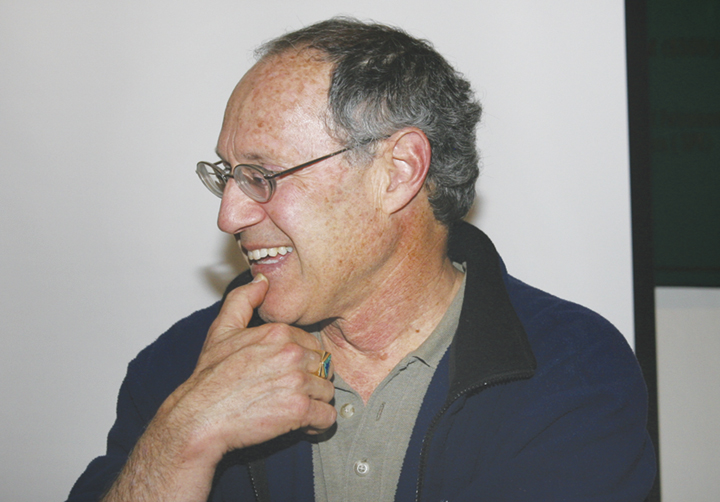“There are 27 platforms off the California coast, most in Federal waters,” remarked Love. Much of his research centers on the rockfish which thrive around and under the platforms. He documents the fish populations of cow cods and bocaccio. “The fish populations around every platform are different,” he said. His work includes a census of sea life on natural reefs compared to the number of creatures preferring life near the platforms. The popularity of the platforms may partly be attributed to their size, with the resulting artificial reefs sometimes reaching the size of three football fields.Dr. Love’s informative and entertaining presentation was part of The California Oil Museum’s series of dinner lectures. In addition to an instructive presentation, guests dine on cuisine from local restaurants. Last week’s guests feasted on delicious Greek lasagna, Pastichio, and Spanakopita from Yanni’s in Fillmore.The California Oil Museum’s Education Department is offering two Science Summer Camps for Teachers. “Plate Tectonics, Faults and Earthquakes” are the topics for June, and the subjects in July will be “Natural Resources and Topographic Maps.” Fourth through seventh grade students have an opportunity for Science Summer Camp, “Shake, Rocks and Roll” in August. For more information on what the California Oil Museum has to offer, call Museum Educator, Debbie Bereki at (805) 933-0096.

|
Dinner and a lecture were on the menu at the City of Santa Paula’s California Oil Museum last week when Dr. Milton Love presented his program “Twelve Years in the Little Yellow Submarine: Fish Research Around the Southern California Platforms.” Dr. Love is a marine biologist and professional researcher with the University of California at Santa Barbara. Photo by Susan Branham |
Dr. Milton Love presents fish research around the Southern California platforms
May 30, 2007
Santa Paula News
By Susan Branham
Santa Paula TimesDinner and a lecture were on the menu at the City of Santa Paula’s California Oil Museum last week when Dr. Milton Love presented his program “Twelve Years in the Little Yellow Submarine: Fish Research Around the Southern California Platforms.” Dr. Love is a marine biologist and professional researcher with the University of California at Santa Barbara.Museum Educator Debbie Bereki introduced Dr. Love. Guests, including teachers and naturalists enjoyed dinner and a fascinating look at the diverse and brilliantly colored life under the sea off our California coast. “In 1995, I started researching the role that oil platforms play in fish habitats,” Dr. Love recalled.That research is conducted in a two-person untethered Delta submersible in depths to 1200 feet. “I go down in the submarine, and count the fish,” he said. “I look through a porthole and identify fish within six feet.” He gauges the size of the fish with the help of pinpoint beams of ruby laser light one-and-a-half feet apart, and records his findings with a video camera.The PowerPoint presentation featured spectacular photographs of abundant sea life flourishing under, around and on the offshore platforms. “Invertebrates, thick layers of mussels, sea stars and anemones, barnacles and crabs” call the platforms home. “Small fishes hide under the shell mounds,” he explains. “The shell mounds are a nursery ground. The fish swim over and take up life near the platform as they grow up.”


